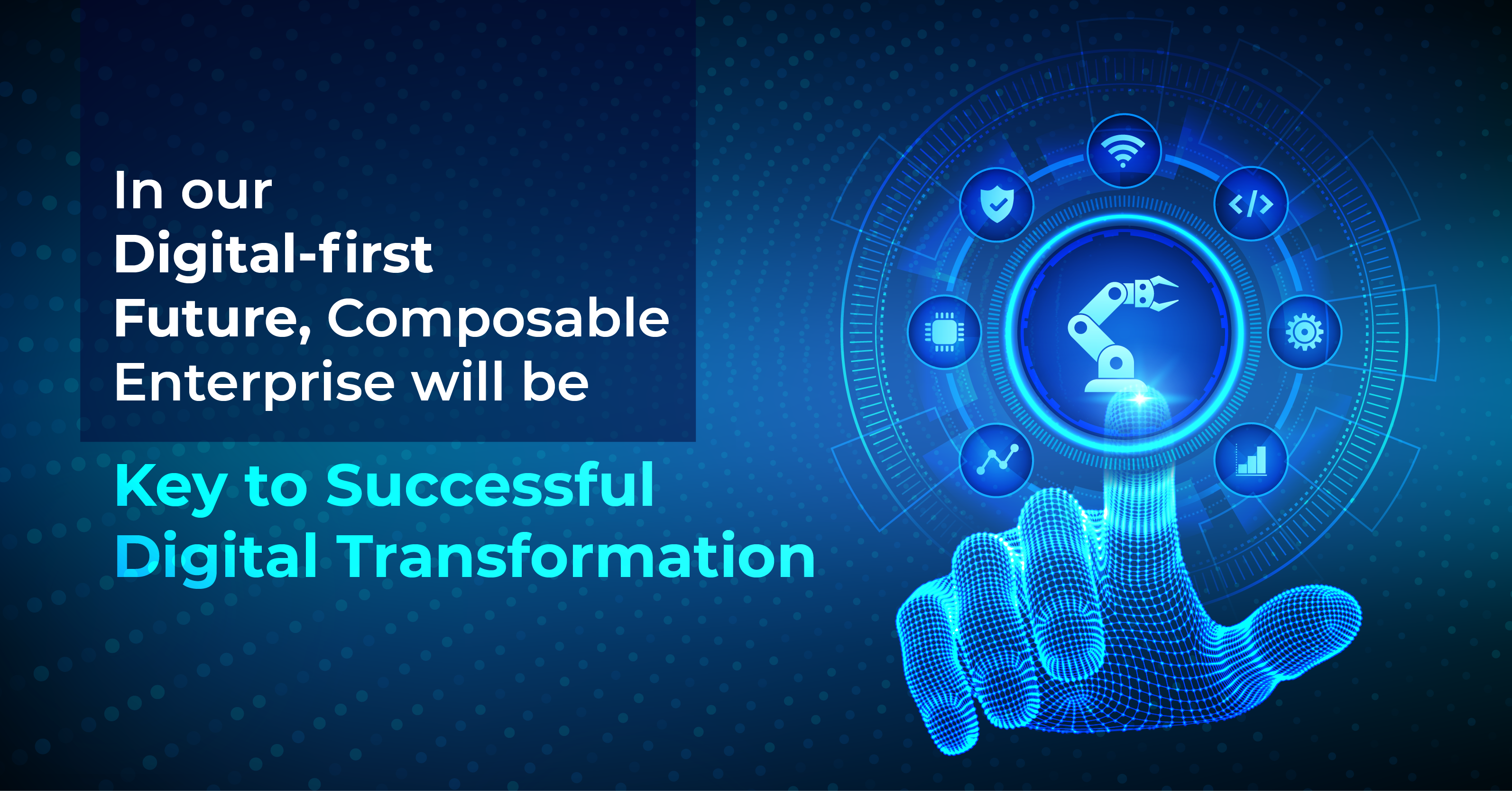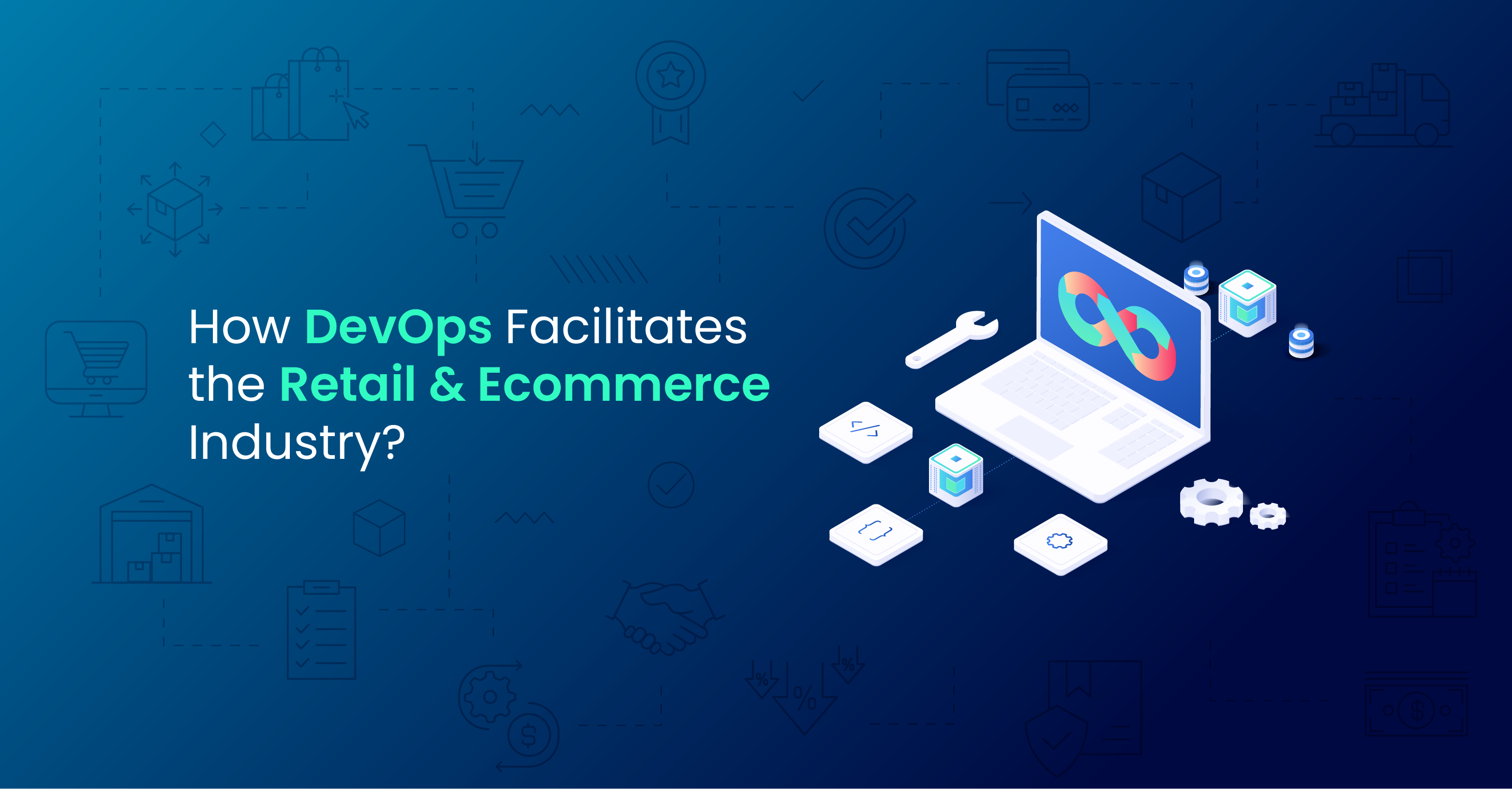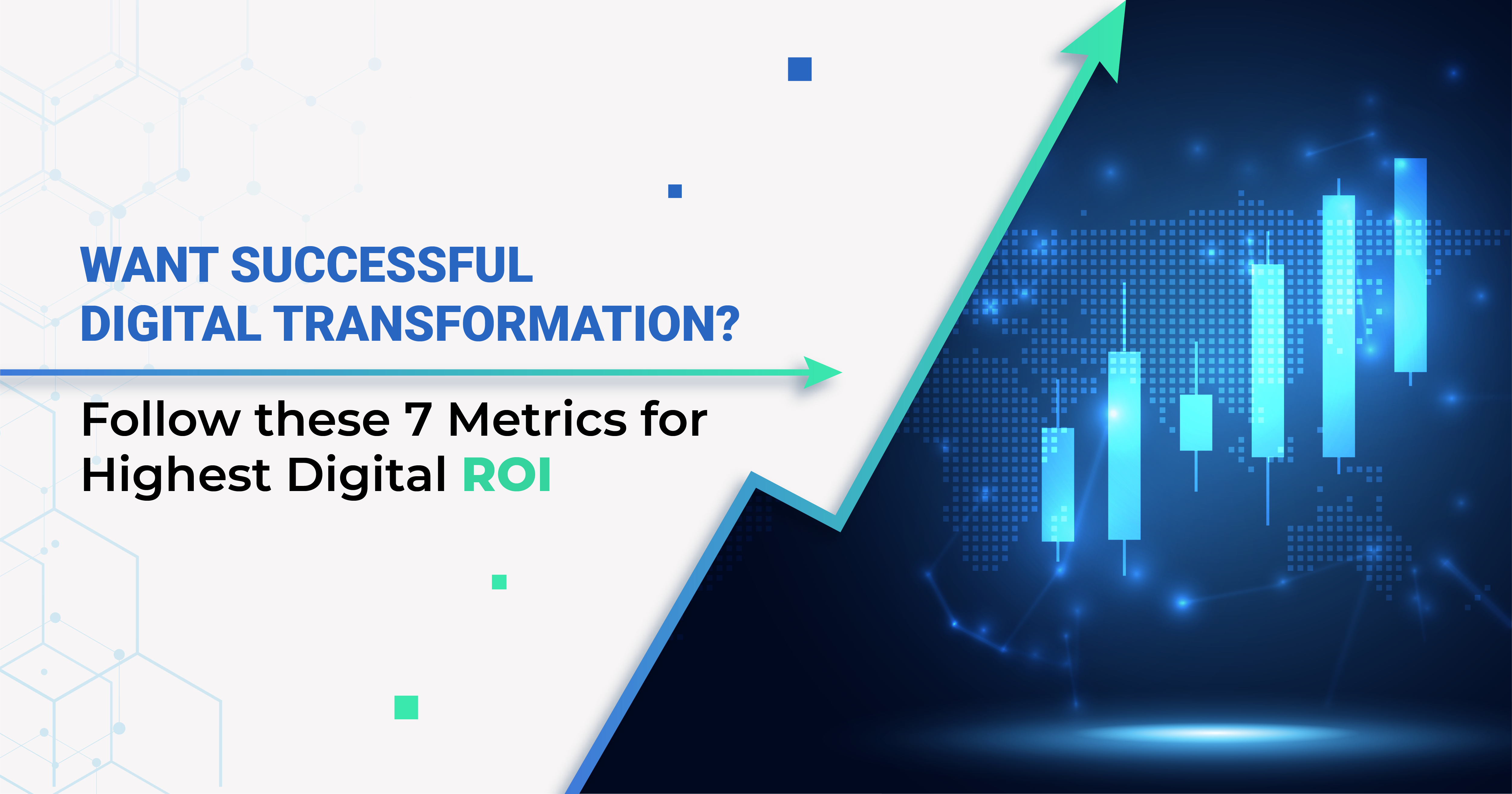With the advent of new technologies and alarmed by the bottlenecks exploded by the pandemic, the supply chain industry is eagerly looking out to rope in technology for business excellence as well as sustainability.
According to the World Economic Forum (WEF, 2016), digitization in logistics could grow up to 1.5tn US$ in value by 2025. However, the logistics and supply chain sector has remained rather slow in adapting to technology and undergoing DX compared to the media, telecom, banking and retail sectors.
- Product Tracking/Tracing – where information on the product could be traced through the supply chain relating to track and trace and product provenance.
- Logistics – the blockchain is utilized to capture information on the physical movement of the goods relating to automation, supply chain management and inventory management, use of IoT and cold chain and environment history recording.
- Financial transactions – where the project utilized the blockchain for payments in particular with the use of smart contracts, tokens and supplier reconciliation.
- Retail operations – where the blockchain is utilized for engagement with the end consumer concerning loyalty management, refunds and customer identification.
- Circular economy – a project that utilizes blockchain for the secondary use of goods and reselling, related to reduce, reuse, and recycle.
Learning from the Best Players
McKinsey research points out a few essential strategic moves of the players that could be worth emulation.
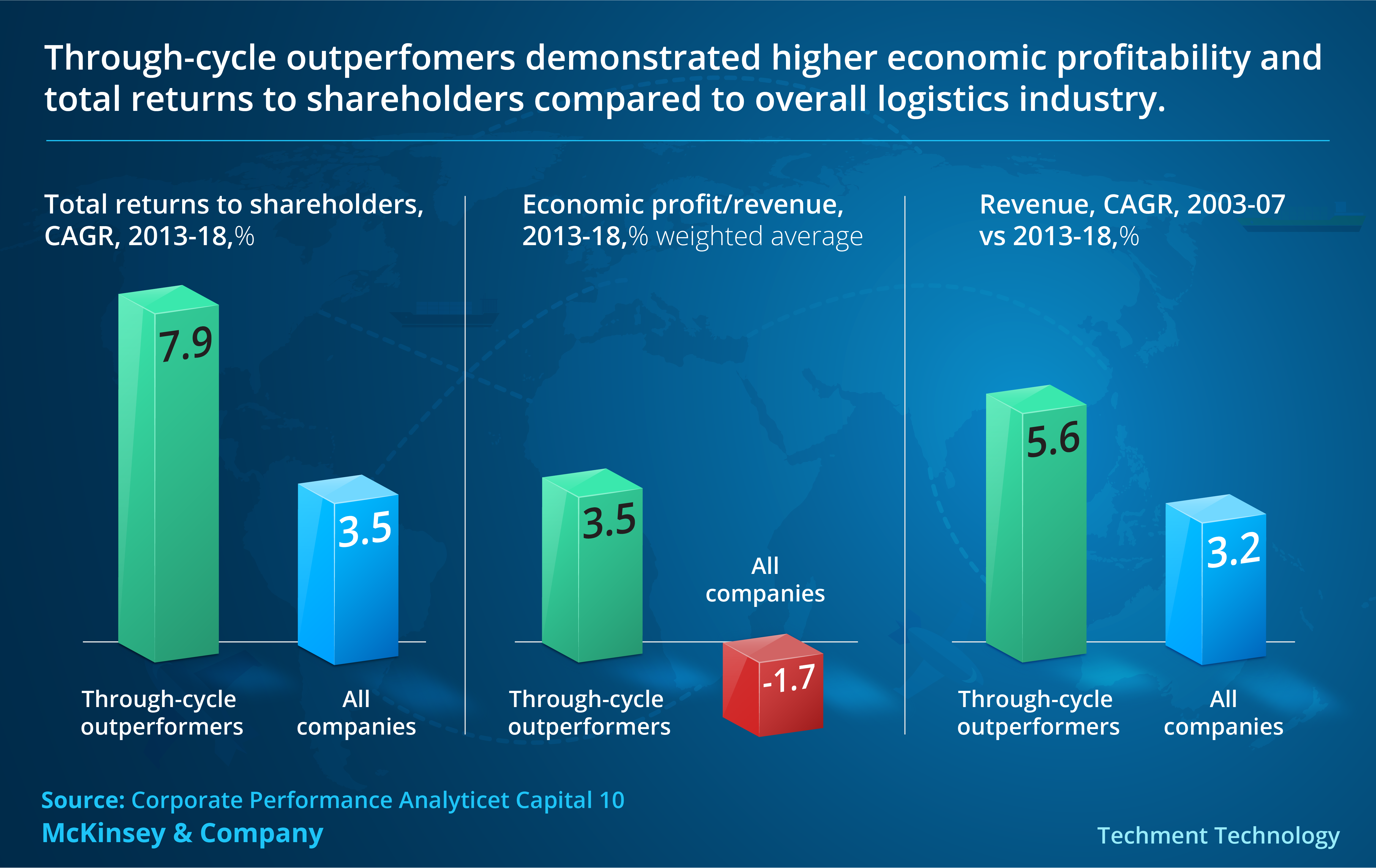
What did they do differently
Research shows that their growth strategies tend to focus on four directions:
- Growing the core business
- Undertaking geographic expansion
- Undertaking value-chain expansion
- And moving into adjacent industries.
These strategies may be a little out of league for SMBs, but they must be born in mind and used effectively. During the last economic cycle, the logistics outperformers focused primarily on two of those four: investing more deeply in their core businesses by:
- Enhancing existing competencies
- Improving operational efficiency
- Developing technological platforms;
- Venturing on geographical expansion enabled by M&A.
Learning for one of the finest companies Kuehne + Nagel International, for example, sought to strengthen its core business in logistics services by expanding its IT capabilities early and more comprehensively than its peers.
It developed:
- A platform to connect and collaborate with its customers and manage its physical and digital supply chains globally. The systems provide end-to-end visibility and real-time monitoring with predictive analytical and AI.
- To further strengthen its core business, the company implemented strict cost control across the organization, undertaking multiple cost-optimization initiatives.
- Kuehne + Nagel also invested in select high-margin verticals such as healthcare services, for which it established a global network of dedicated warehouses. Such smart moves help the company remain exceptionally profitable.
Biggest Area of Value Creation: Process Automation
There is an underlying scepticism with digital transformation on many accounts, but there is a need as well. Here are the areas of value creation that address the fears as well as aspirations. Here are immediate value adds:
Areas of value creation:
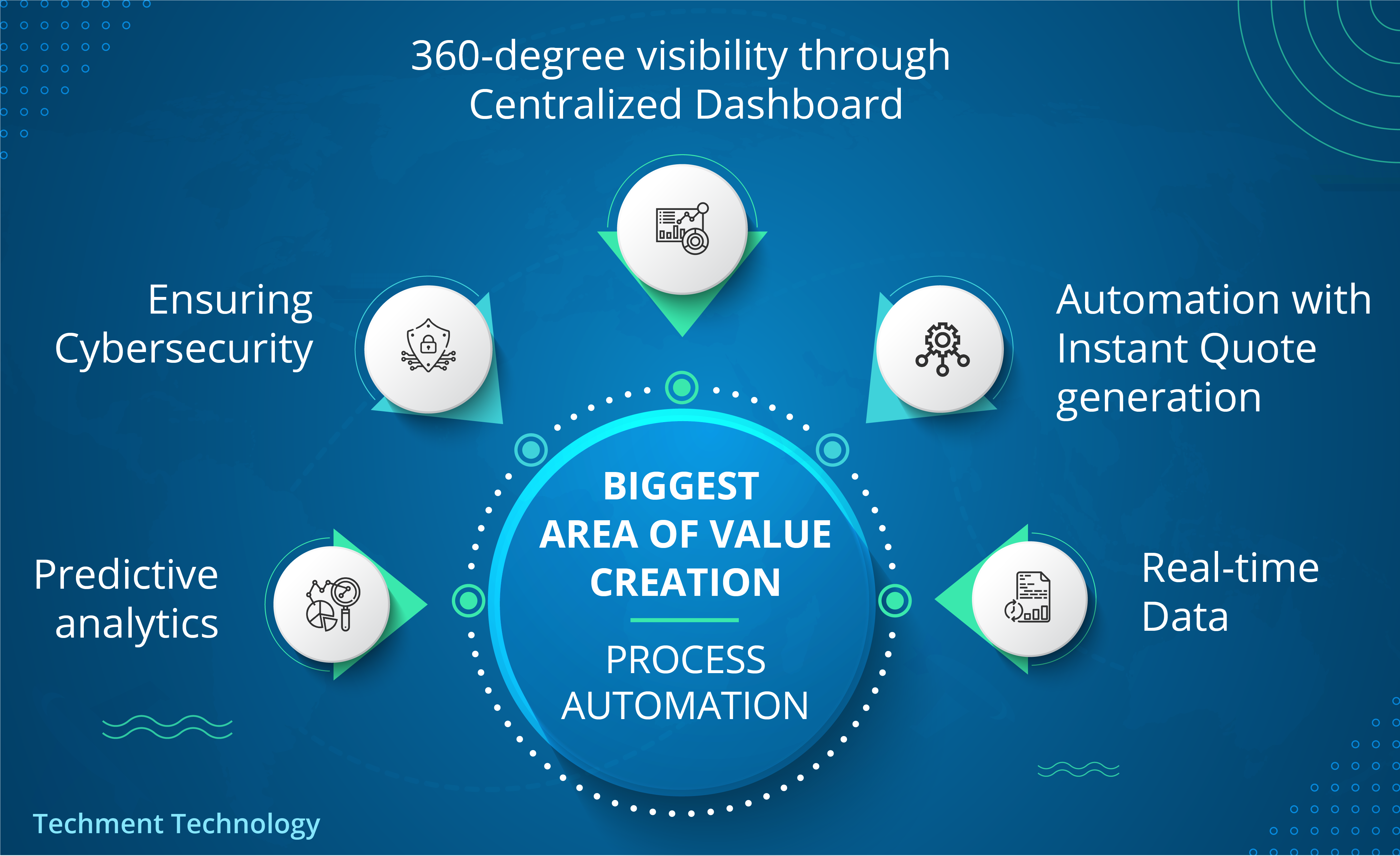
- 360-degree visibility through Centralized Dashboard: It gives a complete view of companies’ shipments with all their logistics data on one centralised dashboard, and huge time savings through instant quoting.
- Predictive analytics: Centralized dashboard and analytics tools which help decision makers to assess their business KPIs. Customers are especially interested in understanding things like; fully landed costs, freight spend by mode of transport, total spend by customer, and more.
- Automation with Instant Quote generation
- Ensuring Cybersecurity: Everyone is fearful of the ransomware attacks, and issues of price and security especially when the industry is such a disintegrated one.
- Real-time Data: Supply chain is a chain of sequential activities, having access to real-time data with Digitization can help make small decisions that affect a series of events and make a big impact.
- Document Automation: Research says that around 15% of an entire shipment cost is spent on documentation. So, this is one of the most vital areas of value creation that can not be ignored.
The Strategy for 20212 and Beyond
Companies need to reset their strategies for a digital world. They require a strategic view of where they want to go—and how to adapt their business strategy and competitive advantage accordingly. Though it is difficult to deploy technology, that is the way to survive in the new normal.
For any questions on technology and consultation on Digital Transformation, feel free to use our free consultation offer, and you can write to us as well.
 All Posts
All Posts
